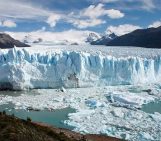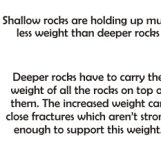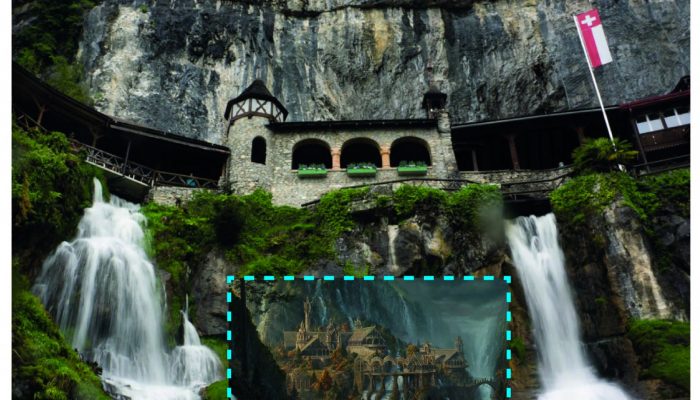
Post by Andreas Hartmann, Assistant Professor in Hydrological Modeling and Water Resources at the University of Freiburg.
__________________________________________________
Episode 3 – Learning about karst by … KARST IN THE MOVIES!
Before writing about karst hydrology in “Of Karst! Episode 4”, I have been urged to present some more visual information on karst landforms. Of Karst! Episode 1 focused on the abundance of hilarious karst landforms in nature. This episode focusses more on the appearance of karst features in famous movies and TV programs that may be familiar to some of us, although we may not have watched them through the eyes of a karst fanatic at the time.
In the next episode, we follow the path of the water from the karstic surface with karstic towers and dolines, through caves and conduits, to spectacular karst springs where waters emerge to the surface.
Movie makers have their reasons to pick spectacular landscapes for their stories and, Of Karst!, those landscapes are crowded with karst features. Let’s begin with James Bond. Created in the 70s, “The Man with the Golden Gun” finds a spectacular showdown just in front of a lovely tower karst at the Khao Phing Kan island in Thailand. Tower karst is a karst landform that is, characterized by residual hills of limestone rising from a flat plain or the ocean.

Figure 1: Bonds‘ duel with villain Scaramanga in front of a tower karst rock (Khao Phing Kan, Thailand; http://www.criminalelement.com, http://www.marinaaonang.com)
Similar landforms were chosen as scenery for a recent remake of the King Kong saga. Fighting with intruders and evil monsters from the deep subsurface (karst caves?), Kong had the pleasure living on the beautiful Cat Ba Island in Northern Vietnam, whose characteristic landscape evolved due to the strong dissolution of limestone.
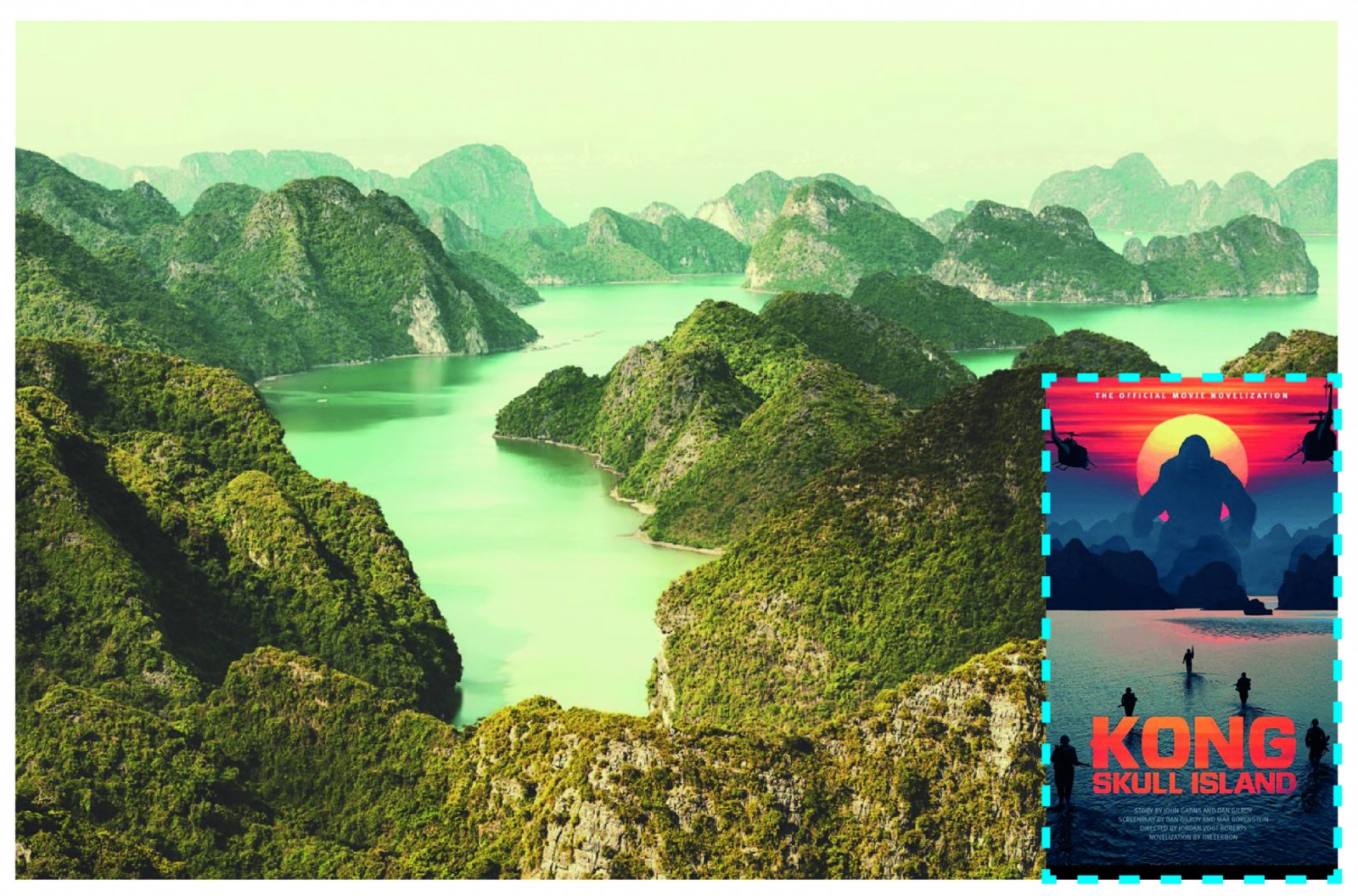
Figure 2: Silhouette of Kong between the Tower Karst mountains of Cat Ba Island located at Ha Long Bay, Vietnam (https://c1-zingpopculture.eb-cdn.com.au, http://www.baolau.com).
The opposite landform to tower karst landforms are karstic dolines, which occur commonly as funnel shaped depressions on the surface, also formed by carbonate rock dissolution. These depressions do not only funnel the water downwards to the subsurface, but also create favorable conditions for the installation of (very) large radio telescopes. The largest of those was built a couple of years ago in China but a similarly impressive one can be found in Puerto Rico, where James Bond had to deal with his evil competitor Trevelyan in “Goldeneye”.
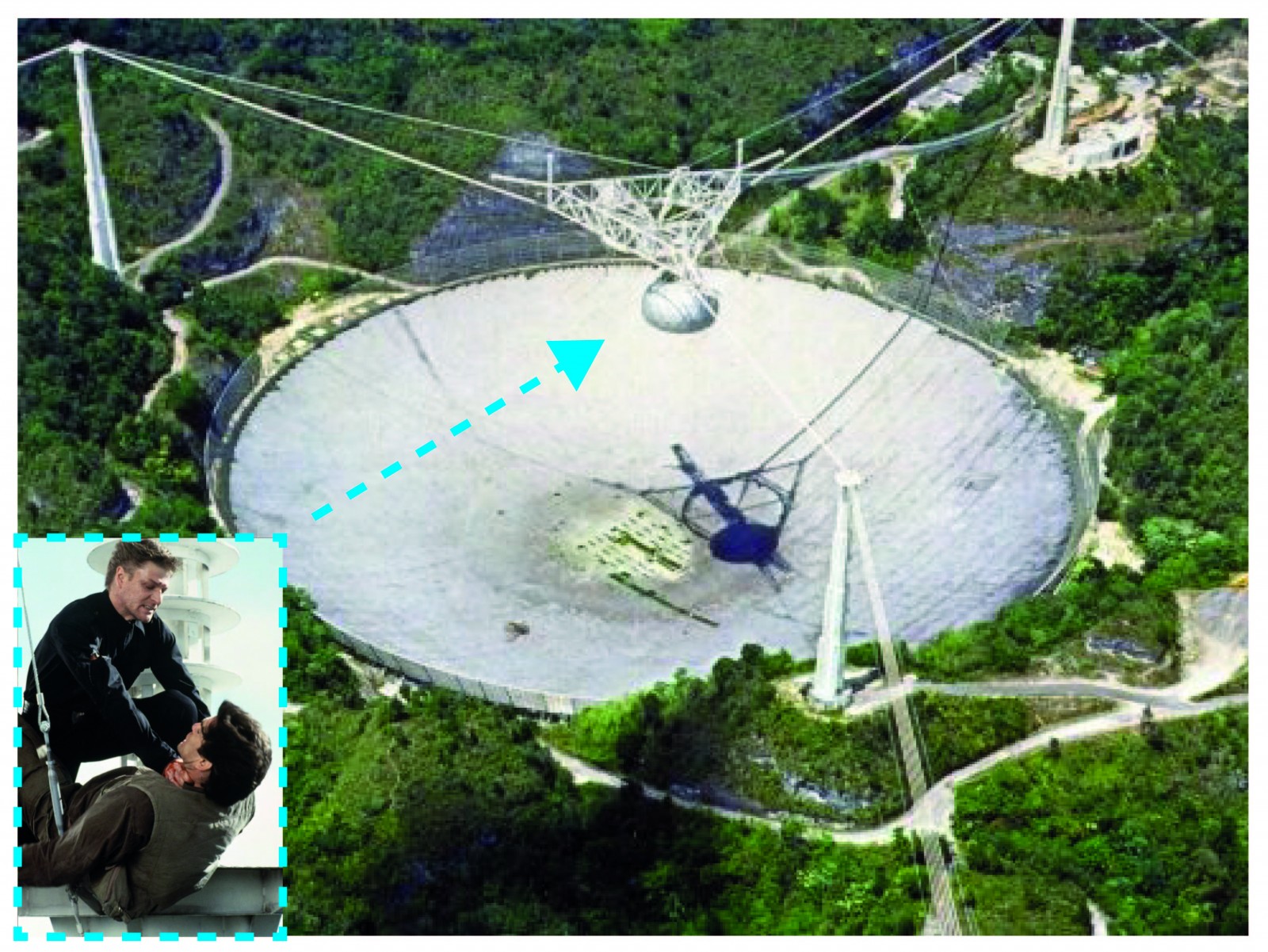
Figure 3: Bond fighting with evil Trevelyan in Goldeneye high above the Arecibo Observatory in Puerto Rico that was built just in the middle of a karst doline (https://i.pinimg.com, http://www.si-puertorico.com).
Underneath the tower karst and dolines, karst dissolution creates wide networks of karstic caves and conduits. With increasing dissolution of the carbonate rock, these features may also emerge at the surface, which was probably the case for the Azure Window at Malta. This karst landform was chosen as the background of a conversation of the famous Khaleesi and her spouse Drogo in “Game of Thrones”. Unfortunately, this amazing land form is not available for further movies as it was recently destroyed by a storm.
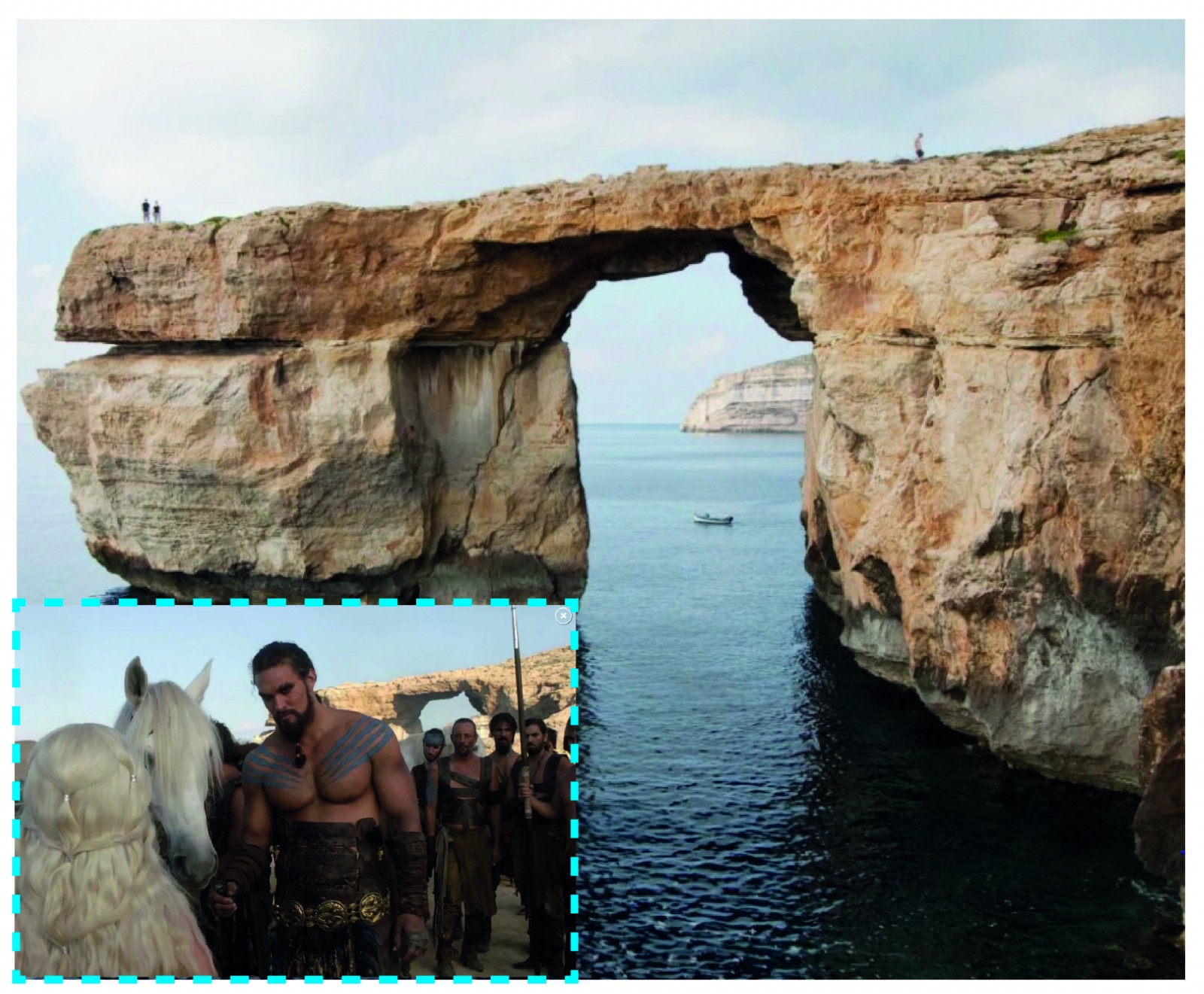
Figure 4: Khaleesi speaking to her beloved Drogo in Game of Thrones in front of the Azure Window in Malta (http://nypost.com).
Deeper in the subsurface, the famous Devetàshka cave in Bulgaria set the stage for a dramatic showdown in “The Expendables 2”, when Stalone’s plane crashed through the cave entrance that used to be the exit of groundwater flows emanating from karst. Imagine the tremendous amounts of water filling the karst system over thousands of years that are capable of forming a cave that can (almost) host an entire airplane!
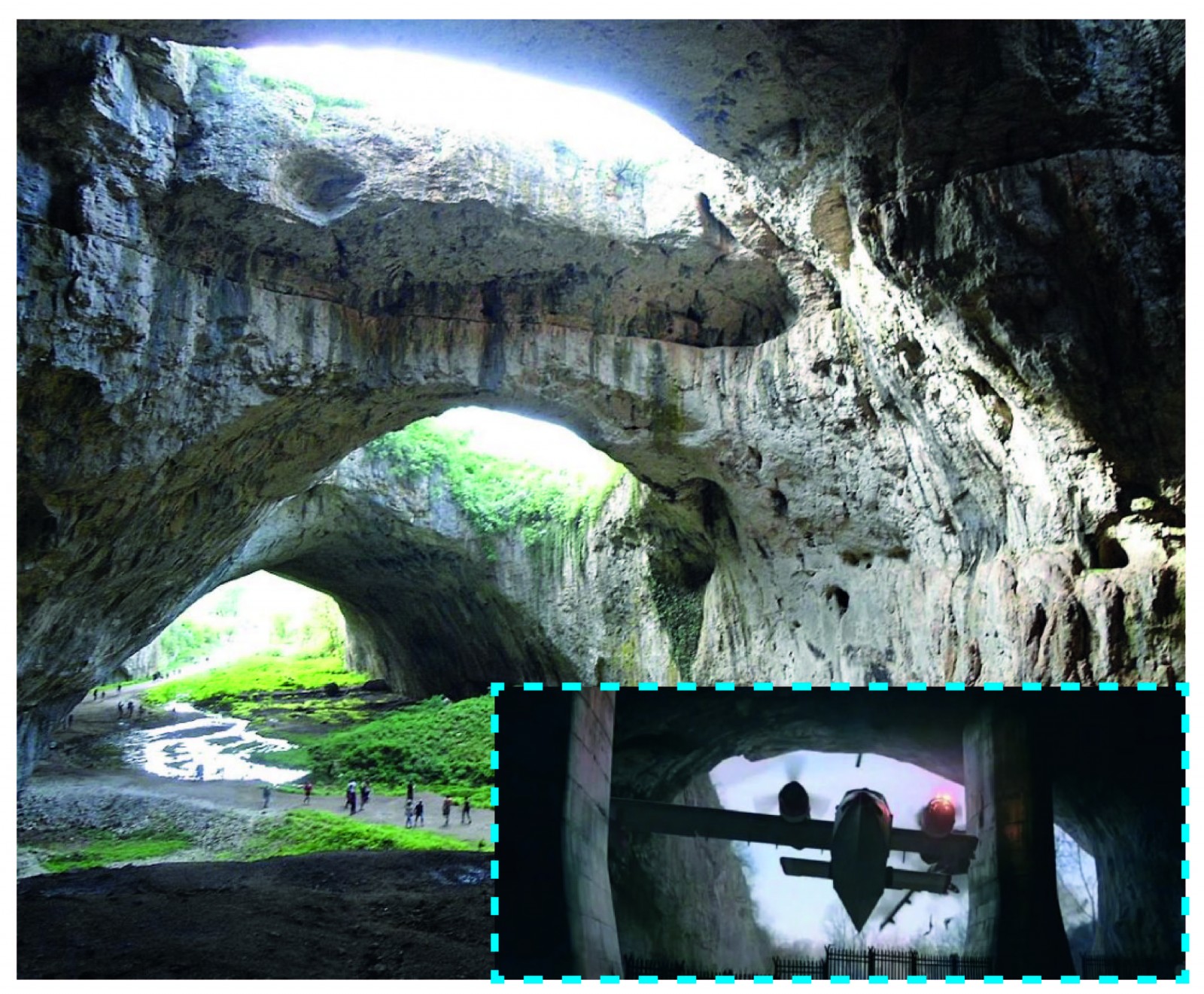
Figure 5: Stalone’s plane crashing into the Devetàshka karstic cave in Bulgaria in The Expendables 2 (www.huffpost.com, www.wikipedia.org).
Due to the formation of dolines, caves and channels, karst springs are usually quite large in terms of their discharge. They also provide amazing sets for fantasy movies. Even though the springs of the St. Beatus Caves in Switzerland only inspired Tolkien for the scenery of the Rivendell, the town of the elves, their similarity is obvious.
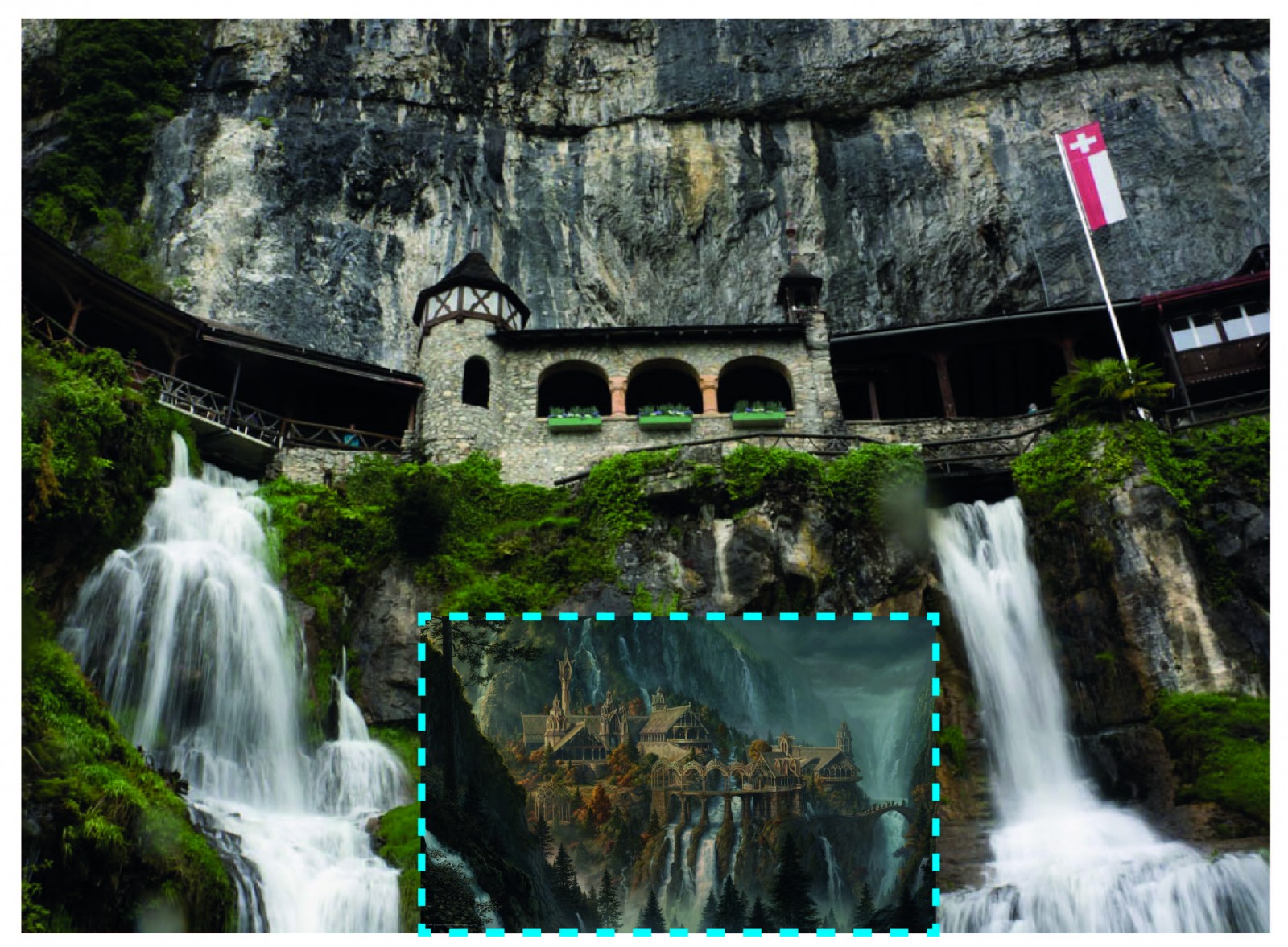
Figure 6: Elves’ town Rivendell in Lord of the Rings, whose scenery was inspired by the karst spring of the St Beatus caves in Switzerland (http://www-images.theonering.org, http://tilomitra.com).
This movie-based tour through karst systems may have given you an impression how rainfall becomes discharge in karst systems. Of Karst!, Episode 4, will combine this impression with the hydrological, and more scientific point of view. It will speak to the complexity of these specific surface and subsurface land forms, and elaborate on why exploring and understanding these processes is worthwhile.
__________________________________________________

Andreas Hartmann is an Assistant Professor in Hydrological Modeling and Water Resources at the University of Freiburg. His primary field of interest is karst hydrology and hydrological modelling. Find out more at his personal webpage www.subsurface-heterogeneity.com

